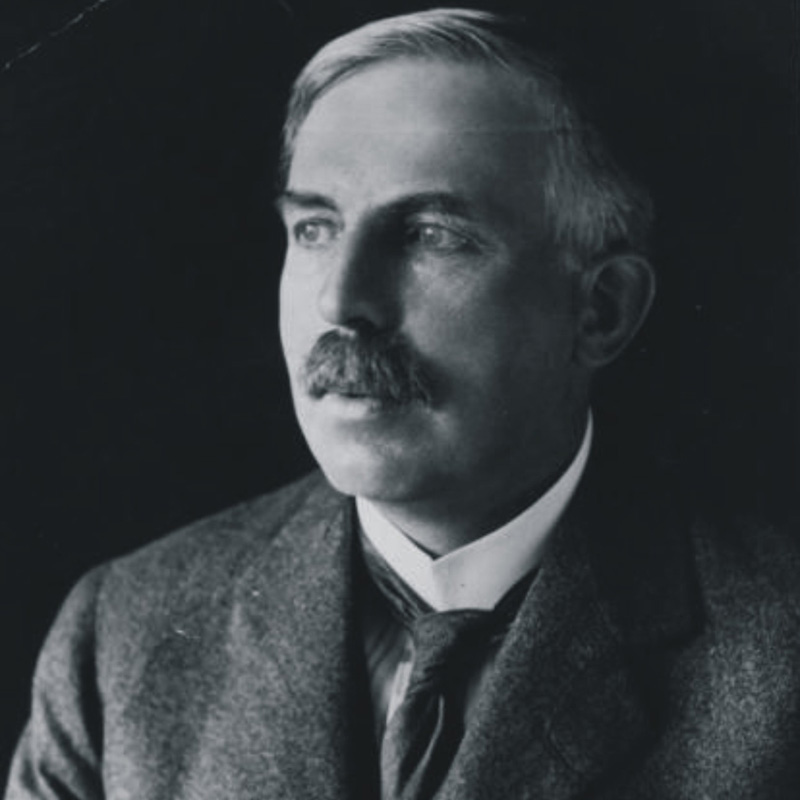Rutherfordium
104
Rf
Gruppe
4
Periode
7
Blokk
d
Protoner
Elektroner
Nøytroner
104
104
157
Generelle egenskaper
Atomnummer
104
Atomvekt
[267]
Massetall
261
Kategori
Transisjonsmetaller
Farge
I/T
Radioaktiv
Ja
Named after Ernest Rutherford, the physicist and chemist from New Zealand
Krystallstruktur
I/T
Historie
Rutherfordium was reportedly first detected in 1964 at the Joint Institute of Nuclear Research at Dubna.
The element was synthesized by Albert Ghiorso, Matti Nurmia, James Andrew Harris, Kari Eskola and Pirkko Eskola in 1968 at the University of California, Berkeley.
It was produced by the bombardment of californium with carbon atoms.
The element was synthesized by Albert Ghiorso, Matti Nurmia, James Andrew Harris, Kari Eskola and Pirkko Eskola in 1968 at the University of California, Berkeley.
It was produced by the bombardment of californium with carbon atoms.
Elektroner per energinivå
2, 8, 18, 32, 32, 10, 2
Elektronkonfigurasjon
[Rn] 5f14 6d2 7s2
Rutherfordium is the first transactinide element
Fysikalske egenskaper
Fase
Fast stoff
Tetthet
23 g/cm3
Smeltepunkt
2373,15 K | 2100 °C | 3812 °F
Kokepunkt
5773,15 K | 5500 °C | 9932 °F
Smeltevarme
I/T kJ/mol
Fordampningsvarme
I/T kJ/mol
Spesifikk varmekapasitet
- J/g·K
Forekomst i jordskorpa
I/T
Forekomst i universet
I/T

Bildekreditter: wal.nbed.nb.ca
The element is named after Ernest Rutherford who became known as the father of nuclear physics
CAS-nummer
53850-36-5
PubChem Sammensatt identifikasjonsnummer (CID-nummer)
I/T
Atomegenskaper
Atomradius
-
Kovalent radius
157 pm
Elektronegativitet
-
Ioniseringsenergi
6,011 eV
Molart volum
-
Termisk ledningsevne
0,23 W/cm·K
Oksidasjonstilstander
4
Bruksområder
Rutherfordium is used for scientific research purposes only.
Rutherfordium is harmful due to its radioactivity
Isotoper
Stabile isotoper
-Ustabile isotoper
253Rf, 254Rf, 255Rf, 256Rf, 257Rf, 258Rf, 259Rf, 260Rf, 261Rf, 262Rf, 263Rf, 264Rf, 265Rf, 266Rf, 267Rf, 268Rf